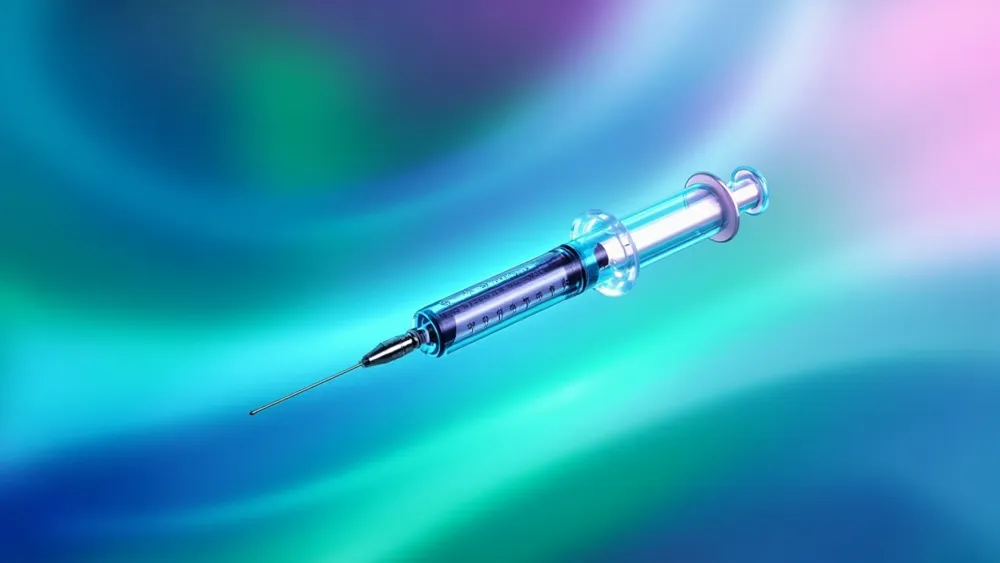Gilead's New HIV Prevention Injection: Impact and Implications

The recent approval of Gilead's twice-yearly HIV prevention injection, marketed as "Yeztugo", represents a critical advancement in the fight against HIV. This significant milestone by the FDA not only promises a more convenient and effective alternative to existing preventive measures, but it also raises critical discussions about the future of HIV treatment and the structural adjustments necessary within the healthcare system. As the ongoing epidemic continues to claim lives and afflict millions, how will this new therapeutic option reshape our approaches to prevention and access?
Gilead's injectible therapy, lenacapavir, has demonstrated remarkable efficacy in clinical trials, boasting a near elimination of new infections amongst participants. With an annual list price of approximately $28,218 ahead of insurance, it squares up competitively against current PrEP options that also carry hefty price tags, such as Gilead’s daily pills and GSK’s monthly injection. Notably, lenacapavir's pricing is on par with existing PrEP medications when considering annual costs, yet the issue of accessibility looms large. Unintended consequences may arise if federal funding for HIV prevention is curtailed, as proposed by certain political factions. The looming threat of reduced Medicaid funding represents a significant barrier to ensuring that populations disproportionately impacted by HIV maintain access to these crucial services.
Historically, major breakthroughs in HIV prevention have often faced hurdles in implementation. For instance, during the 2008 financial crisis, the healthcare system saw cuts in funding that hampered preventive measures, resulting in relative stagnation in reducing infection rates. Presently, Gilead’s strong commitment to supply doses at no profit in low-income regions is commendable but could meet roadblocks if governmental support for programs meant to spread awareness and access falters amid economic pressures. Analysts speculate that lenacapavir could achieve peak sales of approximately $4 billion globally, yet how sustainable is this revenue model if access remains a contentious issue? Moreover, can we guarantee that the minority populations most affected, such as Black and Hispanic communities, do not continue to lag in access despite the availability of innovative therapies?
In summary, the approval of Gilead's Yeztugo could indeed pave the way for a paradigm shift in HIV prevention and treatment. It offers a powerful tool to significantly curb transmission rates, especially among those currently unserved by existing preventive measures. However, the broader implications hinge on federal funding scenarios, healthcare policies, and successful outreach to underserved communities. Stakeholders, including investors, regulators, and healthcare providers, must closely monitor these developments. A critical question remains: can we effectively balance innovation with equitable healthcare access to ensure that the advances in HIV prevention lead to tangible reductions in infection rates across all demographics?
Read These Next

BOC and PICC Launch Support for Shanghai's Global Shipping Goals
Bank of China and PICC Group plan ten measures to boost Shanghai as a shipping hub, enhancing security and sustainable practices.

Company Annual Report Analysis: Strategic Initiatives and Financial Outlook
Analysis of the company's annual report highlighting strategic changes, financial trends, and outlook.

Strategic Growth and Financial Performance Analysis for Q1 2025
An analysis of a company's financial performance and strategic direction for Q1 2025, focusing on growth initiatives, financial trends, management outlook, and potential risks.
